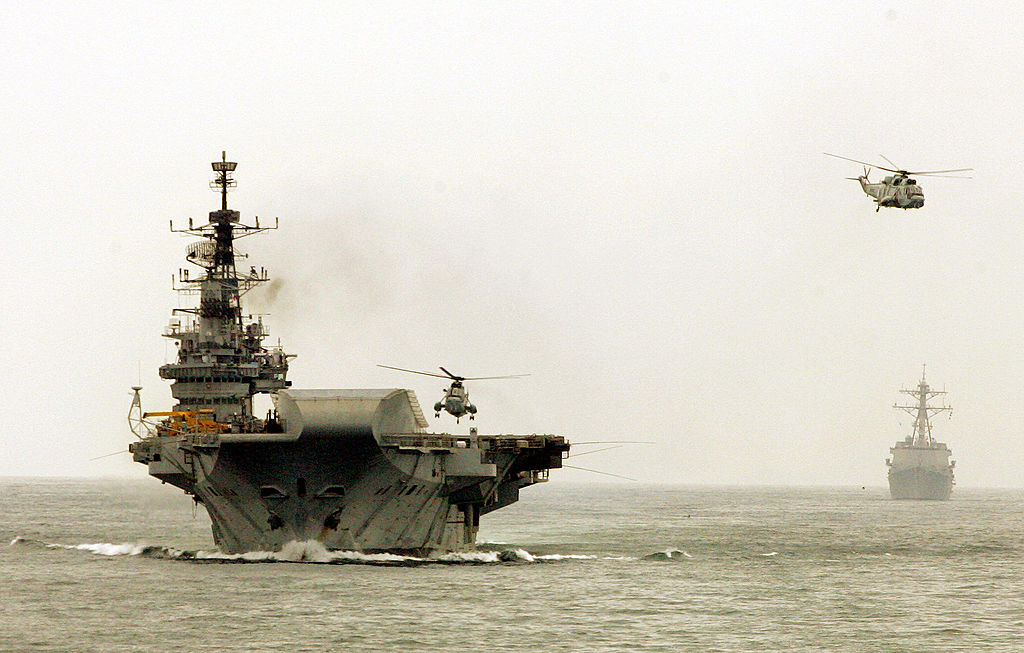- Tuesday, February 25, 2025

By: Shubham Ghosh
The high-voltage Malabar exercise featuring the navies of the Quad nations – India, the United States, Australia and Japan – kicked off on Thursday (26) off the coast of Guam in the backdrop of their resolve to strive towards a free and open Indo-Pacific in view of China’s expansionist stance in the region. This is the 25th edition of the sea exercise.
The exercise will feature a range of complex drills involving warships, aircraft and helicopters.
The Indian Navy has deployed its stealth frigate INS Shivalik, anti-submarine warfare corvette INS Kadmatt and a fleet of P81 marine surveillance aircraft, officials said.
“Malabar-21 would witness complex exercises including anti-surface, anti-air and anti-submarine warfare drill, and other manoeuvres and tactical exercises. The exercise will provide an opportunity for participating navies to derive benefit from each other’s expertise and experiences,” Indian Navy Spokesperson Commander Vivek Madhwal said.
On Wednesday (25), Commander of the US Indo-Pacific Command Admiral John Aquilino spoke in an interactive session at the Observer Research Foundation think tank about key challenges that the Indo-Pacific is facing and delved into Beijing’s rapid military preparation, including in the maritime domain.
The admiral also hinted at the possibility of a rising number of participants at the Malabar naval exercise if the leadership of the four participating nations concur with it.
Australia took part in the Malabar exercise last year at India’s invitation, effectively making it a drill by all four members of the Quad.
China is suspicious of the purpose of the Malabar exercise as it sees the annual wargame as an effort to contain its influence in the Indo-Pacific region.
The Malabar exercise began in 1992 as a bilateral drill between the Indian and American navies in the Indian Ocean. Japan became a permanent member of the exercise in 2015.
Last year, the exercise was hosted in two phases in the Bay of Bengal and Arabian Sea regions.